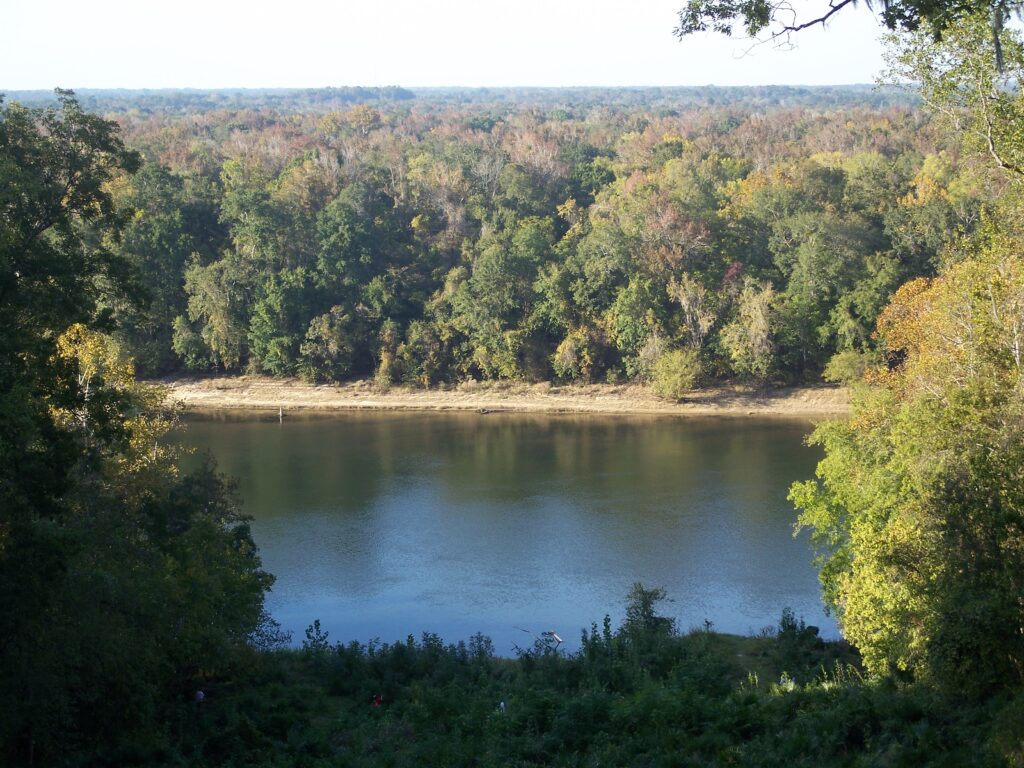By Pam McVety, Physicians for Social Responsibility Florida
Once upon a time, the state of Florida did everything in its power to protect the Apalachicola River ecosystem, but now the state is proposing to permit oil drilling in the river floodplain and people are upset.
How can the state do an about face from protecting one of the most pristine and valuable ecosystems in the country to allowing one of the dirtiest industries in the world to drill for oil in it? How is it that I and others who worked at the Department of Environmental Protection (DEP) to protect this river are now criticizing the agency?

Section 7 of the Florida Constitution about conserving and protecting natural resources didn’t change. Much of the law used to protect it is still intact, although environmental protection laws and rules have been seriously eroded over the last 20-plus years. The reasons to protect this valuable system haven’t changed. What changed?
The leadership changed. The political party changed and with it came folks into powerful positions with little understanding of the value of this system, little if any interest in protecting natural systems and the people who depend on it for a living, or much regard for science. Instead, their focus is on less government and less regulation, and there is an unspoken understanding that development pretty much anywhere is good for Florida.
What was done under Democratic leadership to protect this river represented the best of what your government can do to protect a natural system. Under Govs. Rubin Askew and Bob Graham, folks at all levels of government used their power, laws and resources to protect it.
DEP Secretaries Jay Landers, Vicki Tschinkel and Jake Varn; Northwest Florida Water Management district directors Bill McCartney and Doug Barr; Florida State University researcher Skip Livingston; Franklin County Clerk of the Court Bobby Howell, state Sen. Dempsey Barron; parts of the federal government and dozens of employees in all these entities worked hard to protect this system.
It was understood that this ecosystem is a valuable resource and that to preserve it, we needed to protect its water quality, flow, floodplain and bay. To do this, the legislature designated the bay an aquatic preserve. The river was designated an Outstanding Florida Water to protect its water quality, and the river and the bay became a National Estuarine Research Reserve. A National Estuarine Research and Education Center was constructed. which draws researchers from across the country and educates locals and visitors. Thousands of acres of floodplain vital to protecting this system were purchased with public funds.
The state and the Army Corps of Engineers wrestled for years until there was agreement to stop excessive dredging of the river and deposition of the sand in the floodplain which blocked the flow between the floodplain and the river.

Researchers studied and published papers on the relationship of the flooding of the floodplain and the health of the bay. Many hours were spent meeting with the Corps of Engineers, and Georgia and Alabama trying to secure and protect historic flows. State funds were used to get Apalachicola and Eastpoint off septic tanks and hooked up to an advanced waste sewage treatment plant to protect the water quality. The oyster industry was closely regulated and flourished.
And, imagine this, years ago the DEP opposed a proposal to develop a port on the river at the steephead ravines to offload coal for a powerplant, and the project found a more suitable location on another river.
Clearly the DEP could and should be doing more to protect our precious Apalachicola River and Bay and it should start with not permitting oil drilling in its floodplain.
Pam McVety is a biologist, retired Florida Department of Environmental Protection employee and a board member for Physicians for Social Responsibility, Florida. This opinion piece was originally published by the Tallahassee Democrat, which is a media partner of The Invading Sea. Banner image: Apalachicola Bluffs and Ravines Preserve (Chris M. Morris, CC BY 2.0, via Wikimedia Commons).
Sign up for The Invading Sea newsletter by visiting here. To support The Invading Sea, click here to make a donation. If you are interested in submitting an opinion piece to The Invading Sea, email Editor Nathan Crabbe at ncrabbe@fau.edu.



